The Galápagos Islands are a land so far on another continent that we can barely imagine what living there is like. During our trip there I spoke to the locals as much as I could to learn, what are the most exciting things in their life and what’s it like to live on the very equator. These islands are a protected environmental area, second in size after the Great Barrier Reef in Australia. They are also a UNESCO World Heritage Site, which shows how valuable they are for humanity.
- Where are the Galápagos Islands located?
- How to reach Ecuador and the Galápagos Islands?
- What is the climate on the Galápagos Islands?
- What is the currency of the Galápagos Islands?
- What is the official language of the Galápagos Islands?
- Is a visa required to go to Ecuador and the Galápagos Islands?
- What countries need a visa to go to Ecuador?
- Is there public transport on the Galápagos Islands?
- How much does lodging cost on the Galápagos Islands?
- How much does the food on the Galápagos Islands cost?
- How much do tours on the Galápagos Islands cost?
- How to move between the islands?
- How to behave near animals?
- When is the best time to come to the Galápagos Islands?
Where are the Galápagos Islands located?
This territory belongs to Ecuador and is located 965 km to the west of the continent. Due to the natural movements of tectonic plates, the islands get closer to South America by 1 cm each year. This means that many thousand years from now they will reach the shores of that continent and will go under it. Such processes of our planet are irreversible.
How to reach Ecuador and the Galápagos Islands?
Since Ecuador is one of the smallest countries of South America, very few large airlines fly there. We had to make two transfers when flying from Kyiv (the first one in Frankfurt am Main and the second in Panama). And only the third plane of a local carrier took us to the capital of Ecuador, Quito. The day after we took a local airline flight to the Galápagos Islands. The archipelago has two airports on the islands of San Cristóbal and Baltra, so this needs to be considered while planning the route on the islands.
What is the climate on the Galápagos Islands?
The climate is hot and humid. The UV radiation is strong so take a good sun cream with a high sun protection factor and synthetic or cotton clothing with long sleeves and trouser-legs.
What is the currency of the Galápagos Islands?
The local currency is USD. The notes are regular, but the coins are left from the time when the islands had a separate currency called “centavo” that was used until 2000.
What is the official language of the Galápagos Islands?
The official language, which is spoken by all the people of the Galápagos Islands and Ecuador, is Spanish. If you know it at least a little, it will really help you when talking to the locals as they usually have poor knowledge of English, if any at all.
Is a visa required to go to Ecuador and the Galápagos Islands?
CIS citizens don’t need a visa. Visa-free entry is allowed for up to 90 days and doesn’t grant the right to work in Ecuador or on the Galápagos Islands.
What countries need a visa to go to Ecuador?
Citizens of the following countries need to open a visa to travel to Ecuador: Bangladesh, Algeria, Syria, Pakistan, India, Costa Rica, Cuba, Salvador, Guatemala, Iran, Iraq, Jordan, Lebanon, Nicaragua, Nigeria, North Korea, Palestine, Panama, China, Sri Lanka, Tunisia, and Vietnam.
Is there public transport on the Galápagos Islands?
Yes, there are buses. They run on the most densely populated island, Santa Cruz. They are only needed to get from one side of the island, which is adjacent to the Baltra Airport, to the other, where the city of Puerto Ayora is located. There is no need for them when getting around the city since everything is so close that you’ll be able to cover the distances by foot. Bus tickets cost 2 dollars per person.
How much does lodging cost on the Galápagos Islands?
Since the islands are a hot tourist spot, the prices are pretty high. The cheapest option is to rent a room with a shared bathroom for 60 dollars per night. A decent hotel room costs 100 to 120 dollars, and a good hotel can get as expensive as 250 to 300 dollars per night.
The locals that don’t have their own dwelling on the islands also pay quite a lot: around 800 dollars per month for renting a one-room apartment. This is twice as much as in the mainland Ecuador, where a 3-room apartment in the capital can be rented for a much smaller sum.
How much does the food on the Galápagos Islands cost?
You’ll have to eat at restaurants and cafés. As there are almost no apartments available for rent, you won’t have a place where you could cook yourself. A meal will cost you 10 to 20 dollars depending on the type of meat. The portions are big and tasty, especially the fish and seafood that are procured from the sea every day.
How much do tours on the Galápagos Islands cost?
This depends solely on the island and the activities you want to order. For example, a short tour to the Sierra Negra volcano on Isabela Island will cost you 30 dollars. A lengthy day tour on a yacht to Bartolomé Island, on the other hand, will cost 180 dollars per person. I provided more details on the prices for the tours that we took HERE.
How to move between the islands?
You can only travel between the islands by boat. The ticket prices and the schedule are available at the city port. For example, a one-way ticket for a boat from Santa Cruz to Isabela Island costs 30 dollars per person (the trip lasts 2 hours). You can also take a week-long cruise across all the islands, but that’s not a good option for those who only visit the islands for a few days, as well as people who are prone to seasickness.
How to behave near animals?
Even though the Galápagos Islands are nothing short of a paradise for nature lovers, there are certain rules you must follow. Despite living close to humans, the animals are still wild, so always stay at least 2 metres away from them.
When is the best time to come to the Galápagos Islands?
Since the islands are located on the equator, there is no specific tourist season, but the air and water temperature are significantly higher from January until October. This is also the season when birds lay eggs, which means you’ll see way more fauna during your tours. From October until December is the so-called cold season when the water can get significantly cooler, making activities like snorkelling and diving impossible.
The Galápagos Islands are an excellent place for people who like varied leisure activities. You can enjoy the nature, the closeness to the endemic animals, and the hospitality of the people living on this one-of-a-kind piece of land amidst the Pacific Ocean.

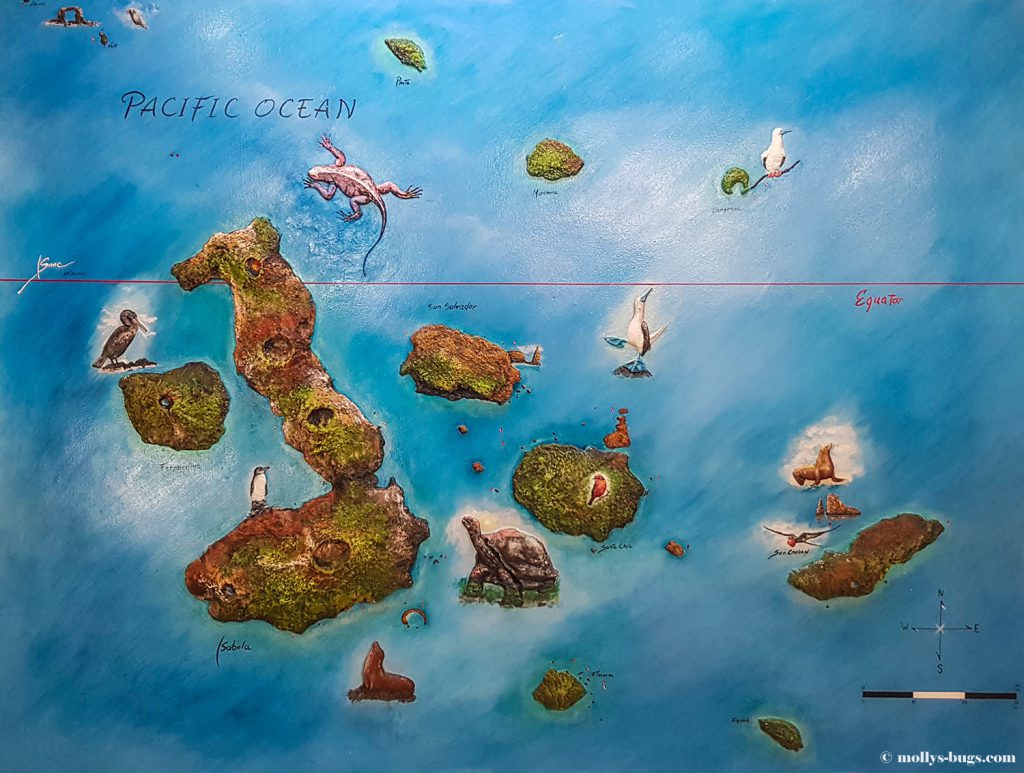
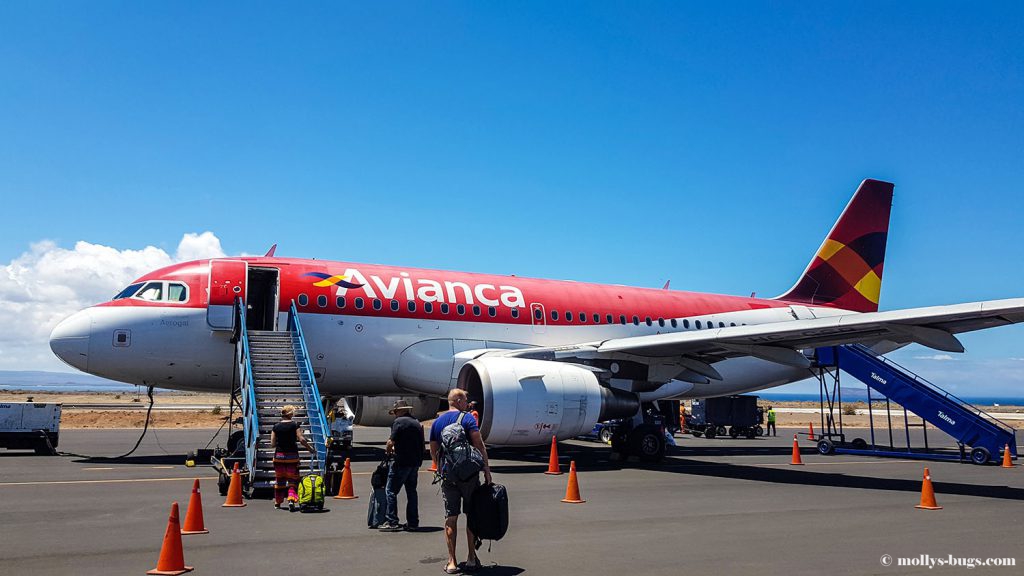
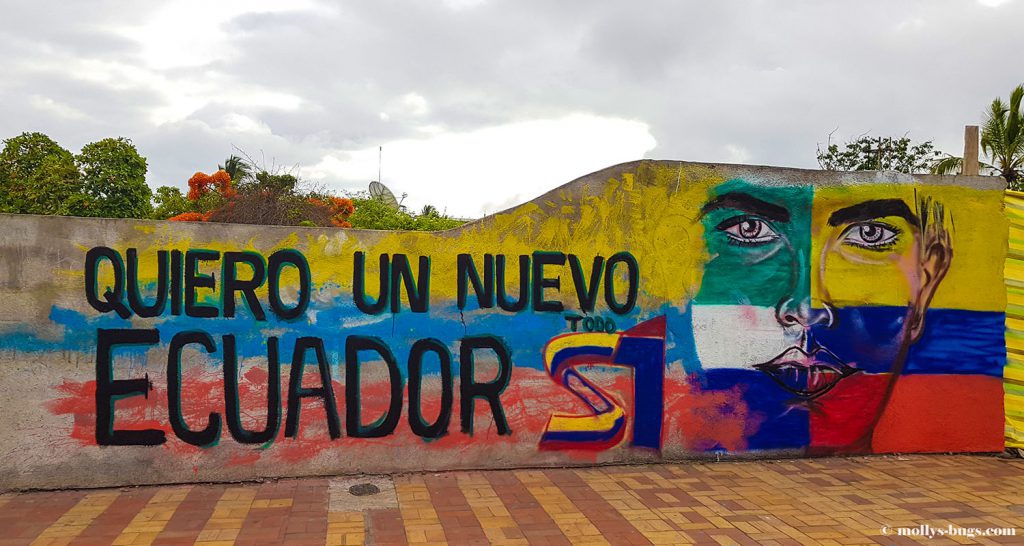
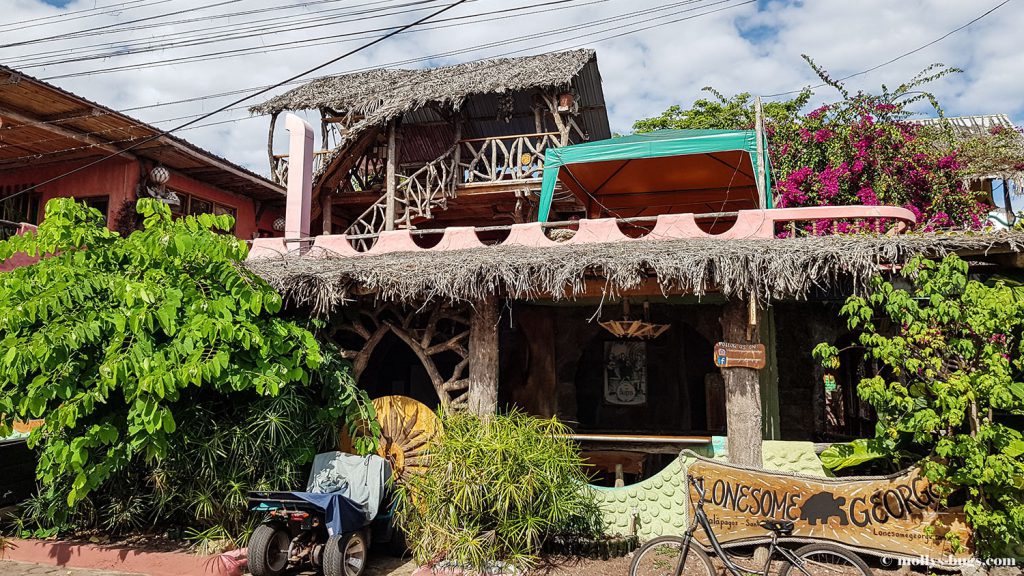

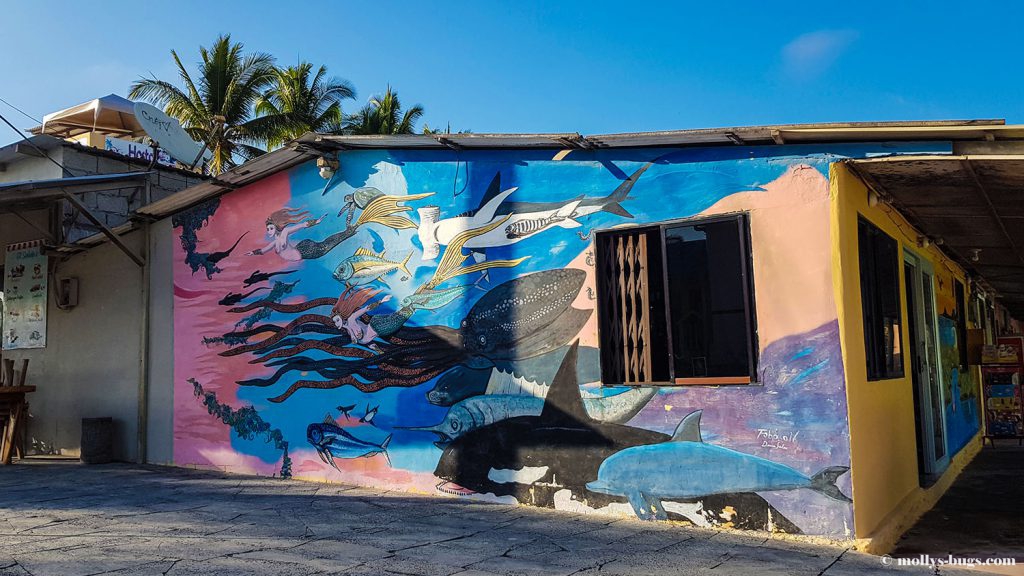
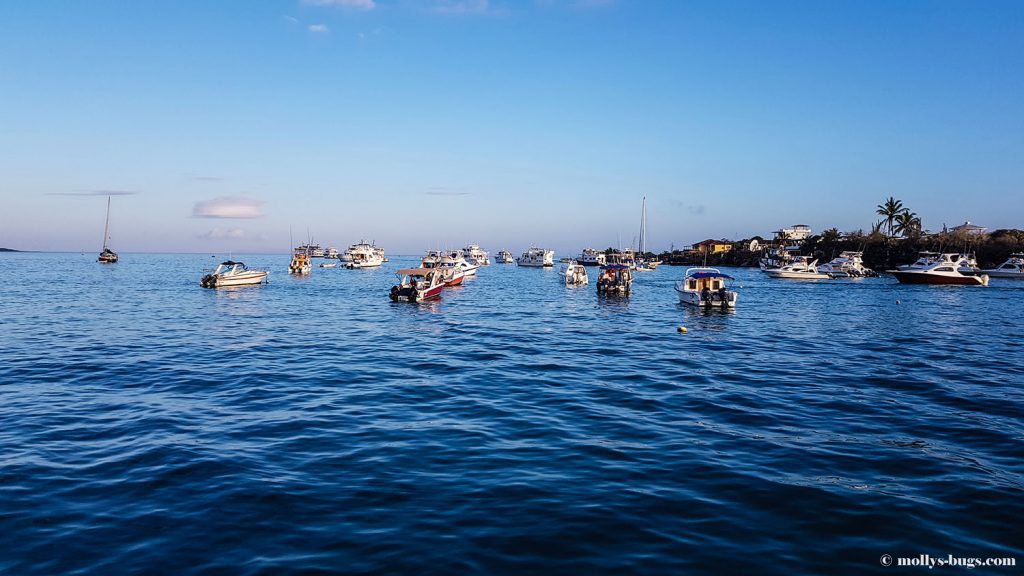
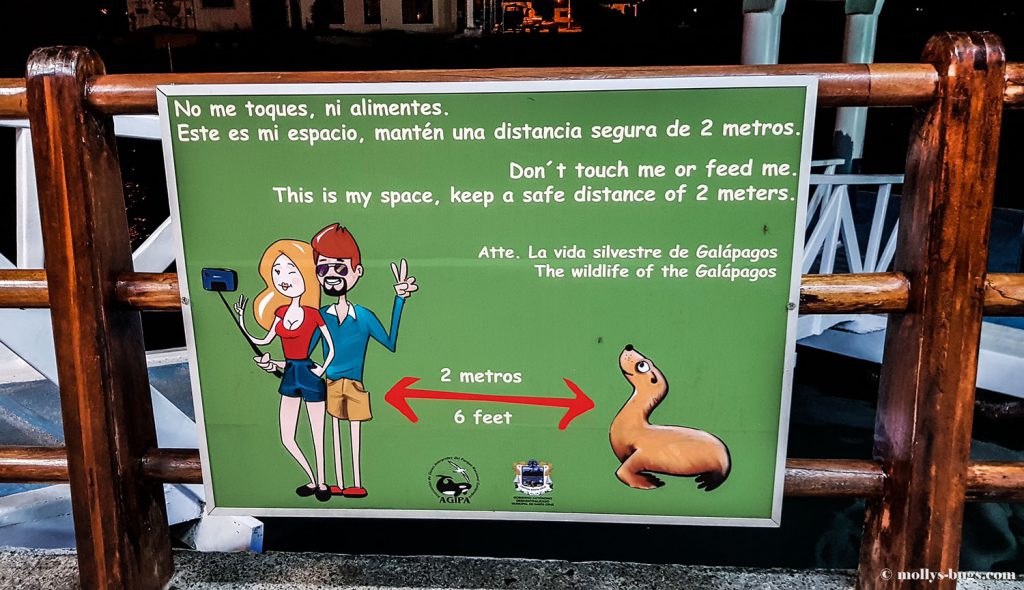
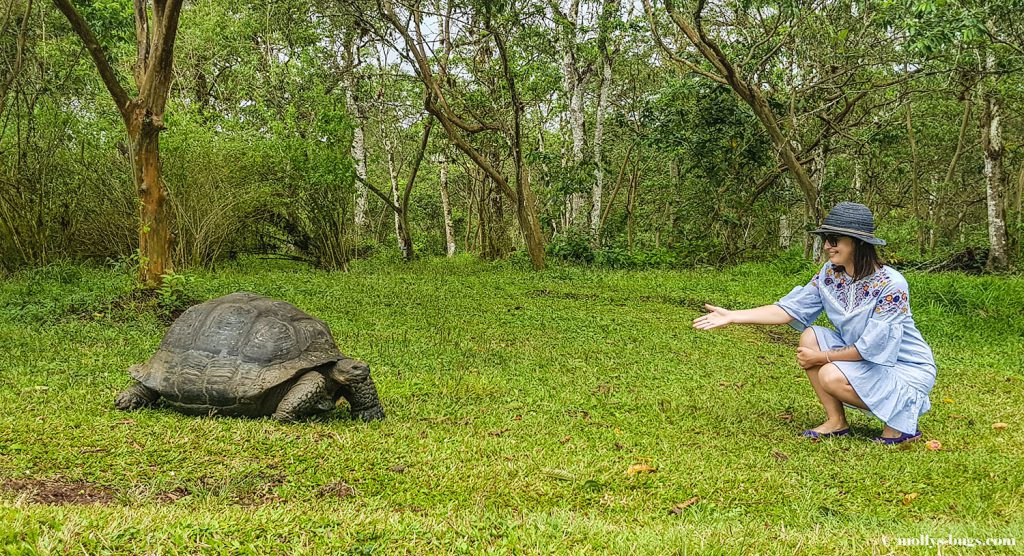
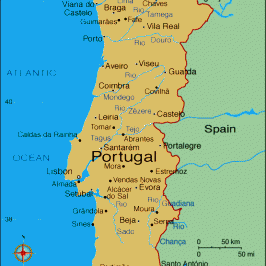

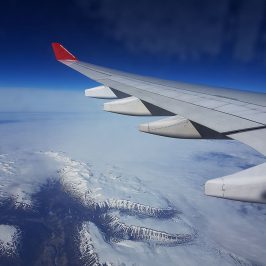
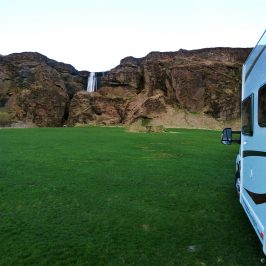

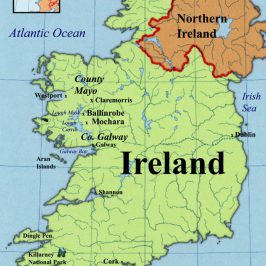
Leave a Reply